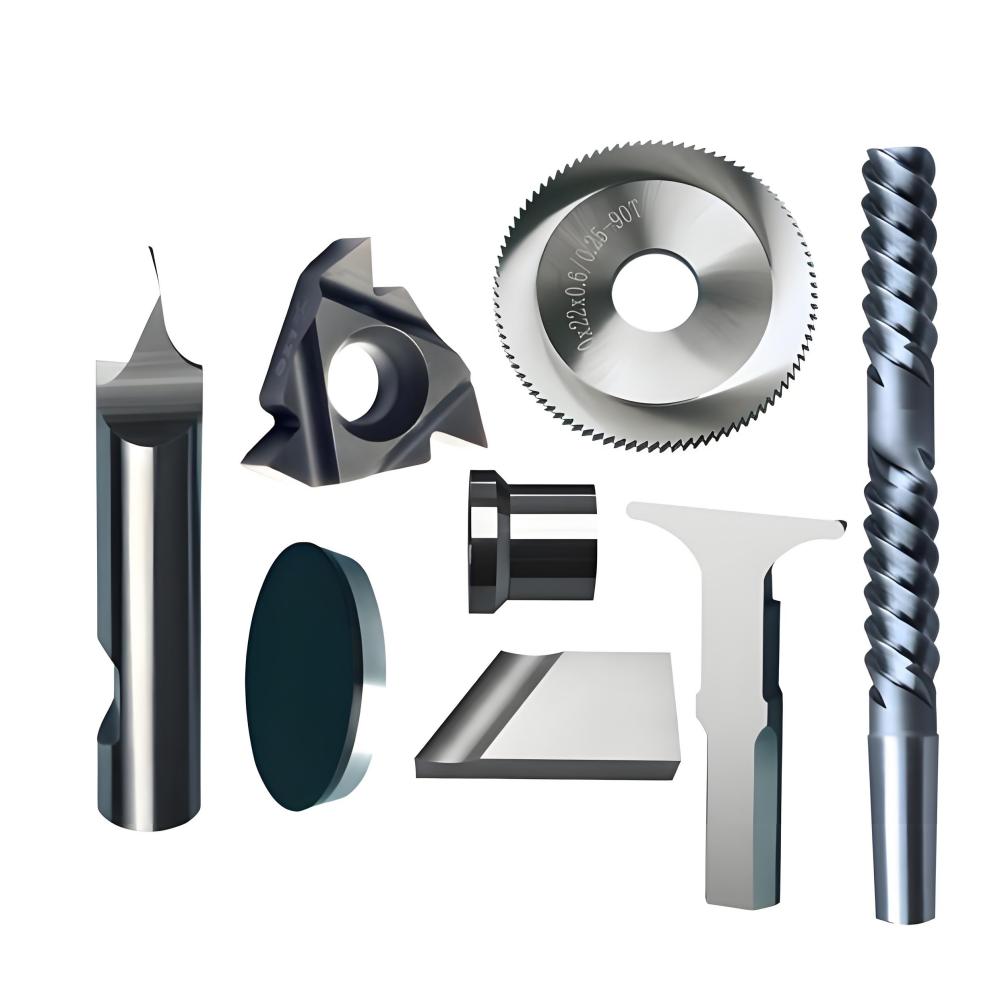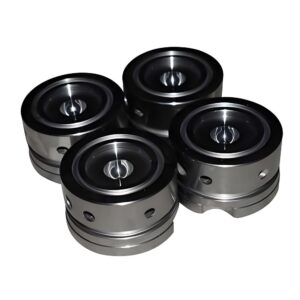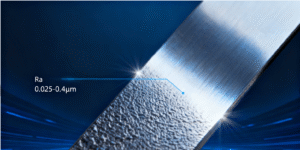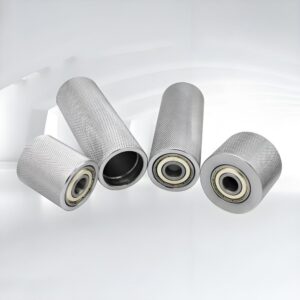Hard anodizing transforms metal components, particularly aluminum, into robust, long-lasting parts that excel in demanding environments. This advanced electrochemical process enhances durability, protects against corrosion, and adds versatility to machined parts. From aerospace to everyday consumer products, hard-anodized surfaces are a cornerstone of modern manufacturing. This blog explores the ins and outs of hard anodizing, covering its process, significance, materials, and real-world applications in a clear, engaging way.
What Is Hard Anodizing?
Hard anodizing is a specialized surface treatment that strengthens the natural oxide layer on metals like aluminum. Unlike regular anodizing, which often focuses on aesthetics, hard anodizing prioritizes toughness and functionality. The process involves submerging the metal in a chilled electrolyte bath—typically sulfuric acid—and applying an electric current. This forms a thick, dense oxide coating, usually 25 to 100 microns, that’s deeply integrated into the metal’s surface.
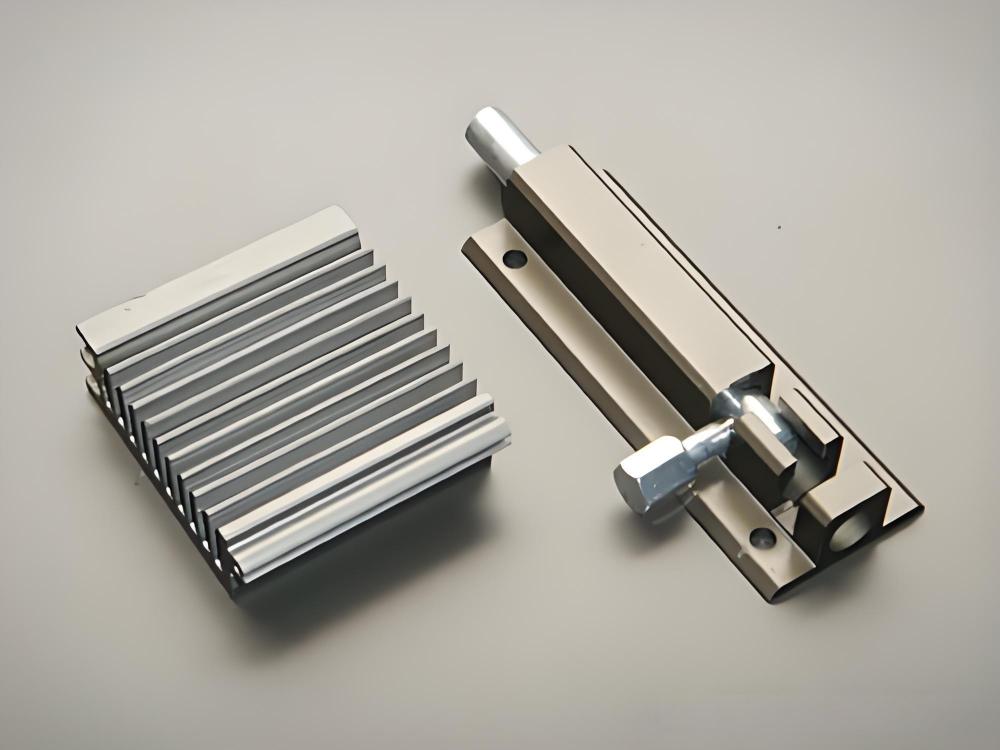
This robust layer provides exceptional resistance to wear, scratches, and corrosion, making it ideal for parts exposed to harsh conditions. Think of it as giving aluminum a suit of armor that’s both lightweight and incredibly tough. Manufacturers can adjust the coating thickness to suit specific needs, whether for heavy-duty machinery or sleek consumer goods. The result is a surface that’s not only durable but also customizable for various industries.
Why Is Hard Anodizing So Important?
Hard anodizing is a critical process for industries that demand reliability and longevity from their components. Here’s why it’s a game-changer:
Superior Wear Resistance
The thick oxide layer created during hard anodizing rivals the hardness of some steels. This makes it perfect for parts like gears, pistons, or tools that face constant friction or mechanical stress. By reducing wear, hard-anodized components last longer, saving businesses on maintenance and replacements.
Enhanced Corrosion Protection
Aluminum naturally resists corrosion, but hard anodizing amplifies this quality. The thickened oxide layer shields parts from moisture, chemicals, and extreme environments, making it a top choice for marine, aerospace, and automotive applications. Whether it’s saltwater exposure or acidic conditions, hard-anodized parts hold up where others fail.
Aesthetic and Practical Flexibility
Beyond durability, hard anodizing allows for customization. The porous oxide layer can be dyed for vibrant colors, blending form and function. It’s also non-conductive, which is a boon for electrical insulation in electronics or machinery. This combination of beauty and utility makes hard-anodized aluminum a versatile choice.
Long-Term Cost Savings
Investing in hard anodizing upfront reduces long-term costs. By extending component lifespan and minimizing wear-related failures, businesses can cut down on downtime and replacement expenses. It’s a smart choice for manufacturers prioritizing quality and efficiency.
What Is Hard Anodized Material?
Hard-anodized materials are typically aluminum or its alloys, such as 6061, 7075, or 2024, chosen for their strength, lightweight nature, and compatibility with the anodizing process. Aluminum’s natural oxide layer makes it the ideal candidate, as the process builds on this foundation to create a thicker, more durable coating.
The Role of Aluminum
Aluminum’s low weight and inherent corrosion resistance make it a natural fit for hard anodizing. The process enhances these qualities, producing a material that’s both strong and lightweight—perfect for applications where performance and efficiency are key, like aerospace or automotive parts.
Beyond Aluminum
While aluminum is the primary choice, other metals like titanium or magnesium can be anodized for specific purposes. Titanium anodizing, for instance, focuses on color and biocompatibility, while magnesium requires careful handling due to its reactivity. However, aluminum remains the go-to for hard anodizing due to its balance of cost, performance, and versatility.
The resulting material boasts a hard, scratch-resistant surface that maintains tight tolerances and resists environmental damage. This makes hard-anodized aluminum a staple in precision machining, where reliability is non-negotiable.
How to Hard Anodize?
The hard anodizing process is a precise, multi-step procedure that requires expertise and specialized equipment. Here’s a simplified look at how it works:
Step 1: Surface Preparation
Before anodizing, the metal surface must be impeccably clean. Any dirt, grease, or contaminants can interfere with the process, leading to uneven results. The part is typically cleaned using alkaline or acidic solutions, followed by rinsing to ensure a pristine surface.
Step 2: Anodizing Bath
The cleaned aluminum part is submerged in an electrolyte solution, usually sulfuric acid, cooled to a low temperature (around 0–5°C). The part acts as the anode (positive electrode) in an electrochemical cell, while a cathode (negative electrode) completes the circuit.
Step 3: Applying Current
A controlled electric current is passed through the solution, triggering the formation of the oxide layer. The low temperature and high current density used in hard anodizing create a denser, thicker layer compared to standard anodizing. The process can take anywhere from 30 minutes to several hours, depending on the desired thickness.
Step 4: Sealing (Optional)
After anodizing, the porous oxide layer can be sealed to enhance corrosion resistance further. This involves immersing the part in hot water or a sealing solution, which closes the pores in the oxide layer. However, sealing is sometimes skipped for parts requiring maximum hardness, as it can slightly soften the surface.
Step 5: Quality Control
The final step involves inspecting the part for uniformity, thickness, and adhesion of the oxide layer. Precision is key, as even minor deviations can affect performance. Advanced machining companies use tools like micrometers and hardness testers to ensure the coating meets specifications.
Applications of Hard Anodizing in Industry
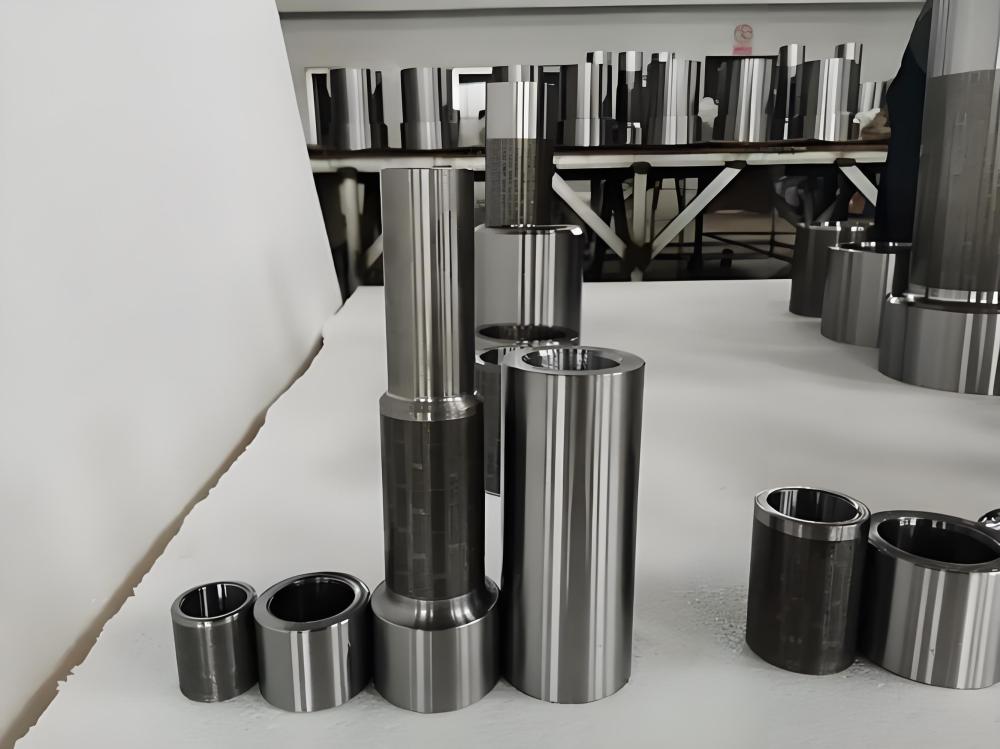
Hard anodizing shines across a wide range of industries, delivering reliable, high-performance components. Here are some key uses:
Aerospace Components
In aerospace, weight and durability are critical. Hard-anodized aluminum is used in landing gear, structural parts, and engine components, offering corrosion resistance and strength without adding bulk. This ensures aircraft perform reliably in extreme conditions.
Automotive Parts
From pistons to suspension systems, hard anodizing protects automotive parts from wear and corrosion. The process ensures components endure high temperatures, friction, and exposure to fuels or road salts, extending vehicle lifespan.
Medical Equipment
Hard-anodized aluminum is biocompatible and resistant to sterilization, making it ideal for surgical tools and implants. Its smooth, durable surface ensures safety and longevity in medical applications.
Consumer Products
Hard anodizing is common in everyday items like cookware, smartphone casings, and sporting gear. Its durability and aesthetic appeal make it perfect for products that need to look good and last long.
Industrial Machinery
In heavy machinery, hard-anodized parts like rollers, molds, and gears withstand constant use and harsh conditions. The process reduces wear and maintenance, boosting efficiency in manufacturing environments.
Why Hard Anodizing Is the Right Choice for Your Projects
Hard anodizing offers a winning combination of durability, corrosion resistance, and versatility, making it a top choice for manufacturers worldwide. Whether you’re crafting precision aerospace parts, rugged automotive components, or sleek consumer goods, this process ensures your products stand the test of time. By enhancing metal surfaces, hard anodizing delivers performance, reliability, and cost savings that elevate any project.
At Precionn, machining excellence meets advanced surface treatments. With a commitment to quality and precision, the company ensures that international customers receive components enhanced with the durability of hard anodized finishes. For businesses seeking a reliable partner in the machining industry, Precionn delivers innovation, expertise, and global reach

